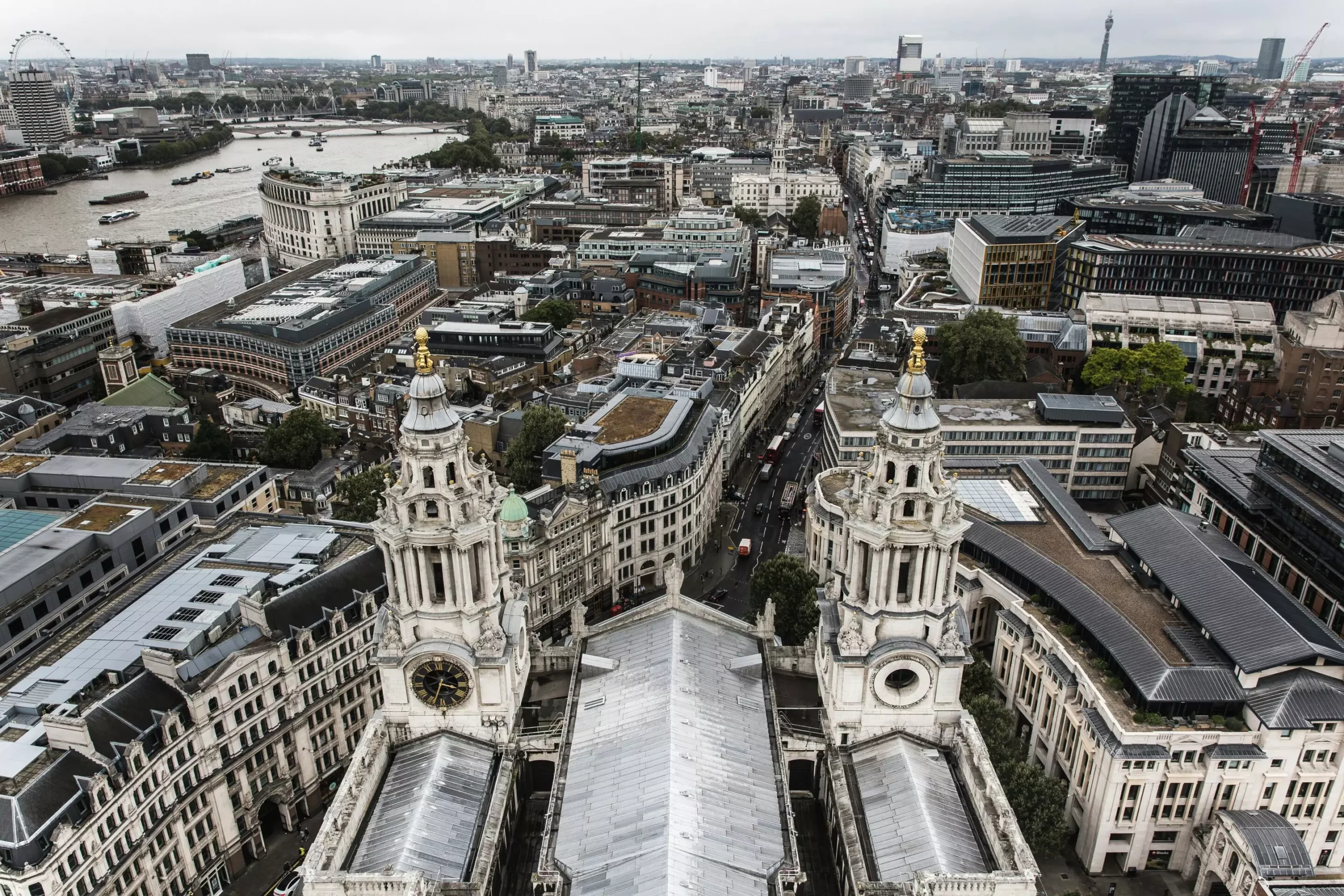The heat wave that gripped London during the summer of 2018 set new records, showcasing the increased challenges urban environments face amid escalating climate change. A meticulous study conducted by researchers at University College London (UCL) and the University of Exeter, published in *Nature Cities*, proposes an intriguing solution that not only addresses the rising temperatures but also highlights a staggering potential to save lives through the adoption of cool roofs—structures that could have saved 249 lives during that sweltering summer. This article explores the implications of this research, the science behind cool roofs, and the urgency for urban adaptation in a warming world.
Urban areas are notorious for their elevated temperatures, a phenomenon known as the “urban heat island” effect. This effect is the consequence of extensive concrete, asphalt, and dark roofing materials that absorb heat, creating an environment significantly warmer than its rural counterparts. In their analysis, researchers employed sophisticated 3D computer modeling to simulate London’s climatic conditions during June to August of 2018. They forecasted that if roofs were painted in reflective white or light colors, the city could experience an average temperature drop of approximately 0.8 degrees Celsius. The findings point to a direct correlation between this cooling effect and the potential reduction in heat-related mortality—a shocking revelation that demands attention as urban populations grow.
Beyond the mere numbers of lives saved, the economic implications of adopting cool roofs are substantial. The analysis reveals that the adoption of cool roofs could have saved London around £615 million in health-related costs due to reduced mortality from heat exposure. Similarly, the introduction of rooftop solar panels would prevent an estimated 96 heat-related deaths, equating to an economic benefit of £237 million. These figures underscore the dual advantage of investing in energy-efficient infrastructure—cost savings alongside improved public health.
The economic case is bolstered by the potential energy production from rooftop solar panels. The study estimates that such panels could have generated approximately 20 terawatt-hours (TWh) of electricity during that summer, contributing more than half of London’s total energy consumption for the entire year. This intersection of health and sustainability positions cool roofs and solar panels as vital components for urban resilience against climate change while also addressing energy demands.
The context surrounding the urgency of these findings is essential. As climate change accelerates, cities increasingly bear the brunt of its effects. The summer of 2018 serves as a precursor to the hotter climates anticipated, marking a stark warning for densely populated regions. With around 83% of the UK population residing in urban centers, the adoption of innovative solutions like cool roofs becomes not just beneficial but imperative. Dr. Charles Simpson, lead author of the study, emphasizes the critical need for urban dwellers to adapt as climate change’s manifestations become more pronounced.
Implementing cool roofs is one of many strategies that cities can undertake to combat excessive heat. Other potential strategies include increasing urban greenery, implementing better urban planning, and utilizing permeable materials for roads and sidewalks. The data emerging from this recent study reinforces the idea that an invested, multifaceted approach to urban design is necessary in crafting cities resilient to climate change. Professor Tim Taylor from the University of Exeter aptly remarks that changing our roofing methods presents a tangible and actionable solution to mitigate the adverse effects of heat.
The study’s insights amplify the urgent call to action for policymakers and urban planners. A shift towards the widespread adoption of cool roofs and solar panels must be instigated through viable initiatives that incentivize building owners and stakeholders. Public awareness campaigns could further emphasize the importance of these interventions—not only for health benefits but also for improved urban livability.
The data gathered during those peak summer months in 2018 has paved the way for informed decision-making. By investing in resilient infrastructure, we have the potential to create cooler, safer, and more energy-efficient urban environments. As we navigate the realities of climate change, strategies like cool roofs can lead the charge toward healthier cities, stipulating that adaptation is not merely an option but a necessity in an increasingly warming world.


Leave a Reply